We arrived in Mindelo (Cape Verde) on Sunday 14th November 2021. Once checked in and given the all clear from immigration and health, we were able to go out and explore the town, the island of St Vincente and a neighbouring island, Santo Antao.
Cape Verde is an archepelago of 10 volcanic islands. The islands were uninhabited until Portuguese explorers discovered them in the 15th century. The position of the islands meant that they had a key role in the Atlantic slave trade and they became quite prosperous. This changed in the 19th century with the demise of the slave trade. Fortunately, there was then an increase in major shipping routes and Cape Verde became an important commercial centre and useful stopover on major shipping routes. Unfortunately, this too declined and left the islands looking for a new income. Lacking in natural resources, Cape Verde’s economy is now mostly service oriented, focusing on tourism and foreign investment (much of this is from China).
With its rich history and also its proximity to Africa, Cape Verde has become a melting pot of different cultures and this adds to the fascination of the islands.
The marina that the ARC+ fleet were based in was in Mindelo, the main town of the island of St Vincente.
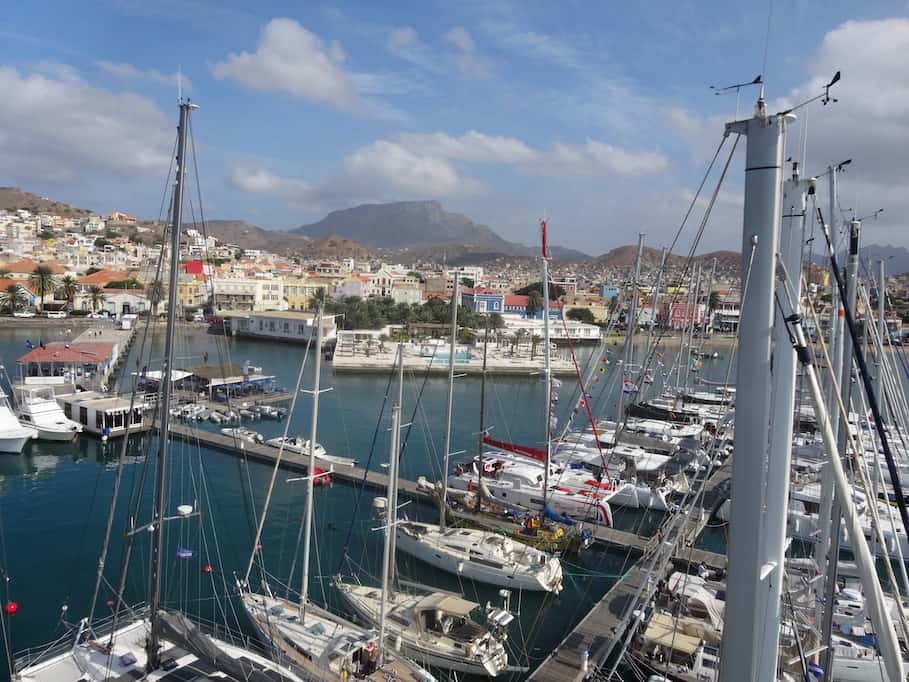
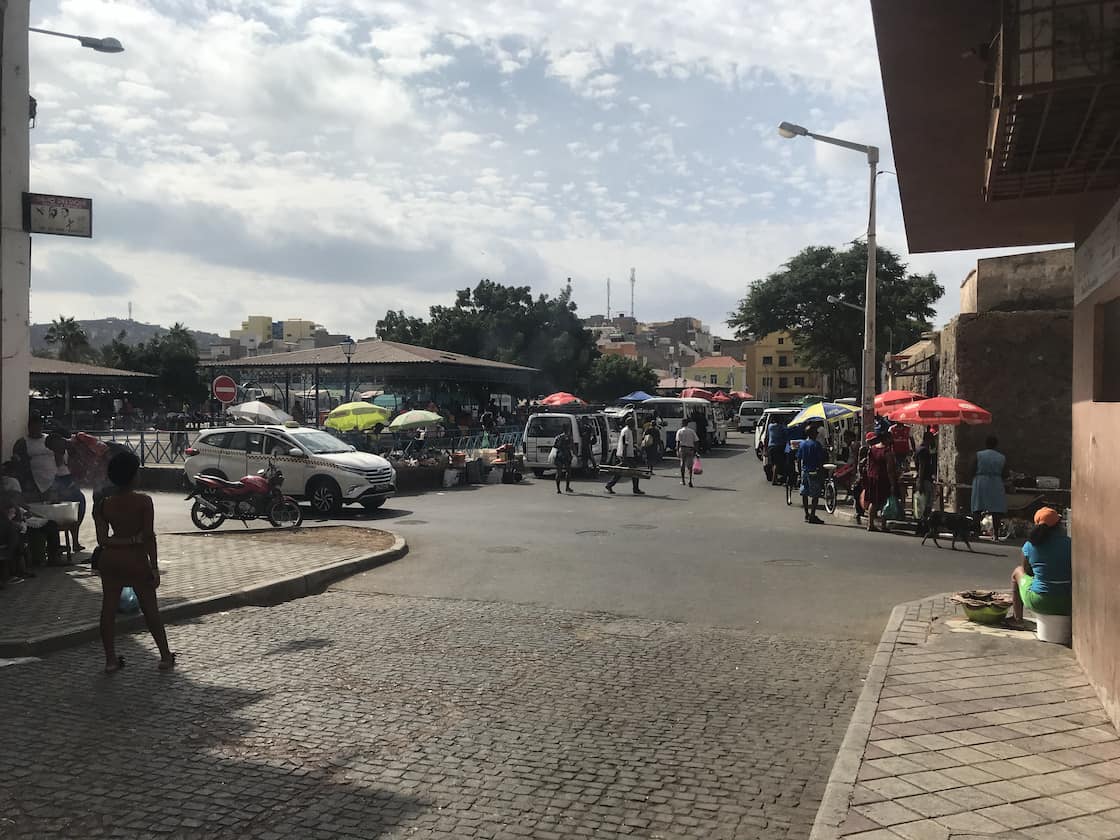
In the past few decades, Mindelo has undergone much development and now boasts a colourful waterfront with its multi-coloured, colonial looking buildings. a few streets back, we discovered the ‘real’ town with its cobbled streets lined with narrow doorways, behind which hid small independent business selling everything from bread to electrical cables. There were several markets: a colourful African clothes market, a well stocked fruit and vegetable market and streets lined with local women selling produce from large metal bowls. (Apologies for the lack of photographs – I am still a little uncomfortable about taking photos of other people, for fear of intruding!). Although, like any towns there are definite no go areas and crime, generally the people were friendly and welcoming. Very little English is spoken, so shopping was done in a combination of Portuguese and French. All with good humour and, I am happy to report, no major disasters.
To discover further afield field in the short time that we had, we joined two guided tours organised by WCC: one was a half day around St Vincente and the other a full day trip to the neighbouring island of Santo Antao. Both were excellent with superb guides, giving us so much information about Mindelo and Cape Verde both today and in the past. Tourism is a major income for the islands and covid has hit them hard. They were genuinely pleased to welcome us to their islands and spoke with pride of the islands’ history and achievements.
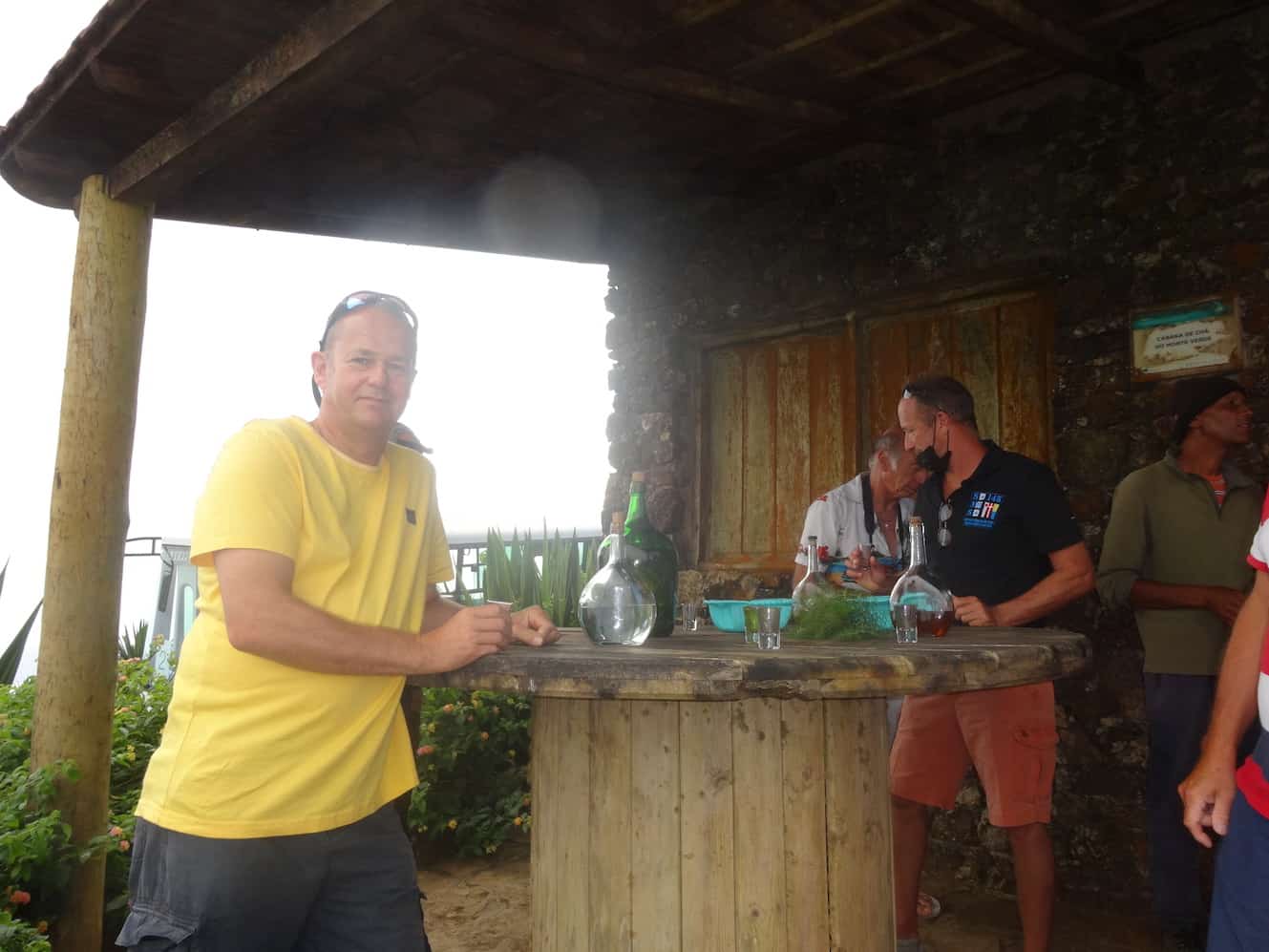
The small bus headed out from Mindelo into the almost barren, volcanic island centre. The steep road, made of volcanic stone, led up to the top of Monte Verde (Green Mountain). A stop here for photographs did not disappoint with its excellent views back to Mindelo and the sea. Of course, the local drinks (grog and ponche) tasting enhanced it all.
Heading back to the shore and the eastern side of the island, the road followed the coast along to Praia Grande (Large Beach).This bay is unusual as it is not the usual black sand made from volcanic lava, but instead it is a long white sand beach. Our guide informed us that the sand had been imported from Sahara…… It made for stunning scenery, contrasting with the blue water and crashing waves.
Finally, the route back to Mindelo was via an agricultural valley. The greenest part of the island; an oasis in the volcanic landscape. Small holdings with planted vegetable patches fed from water drawn up from underground by wind pumps. It is not difficult to see how hard life is for these people and also the perseverance that they have.
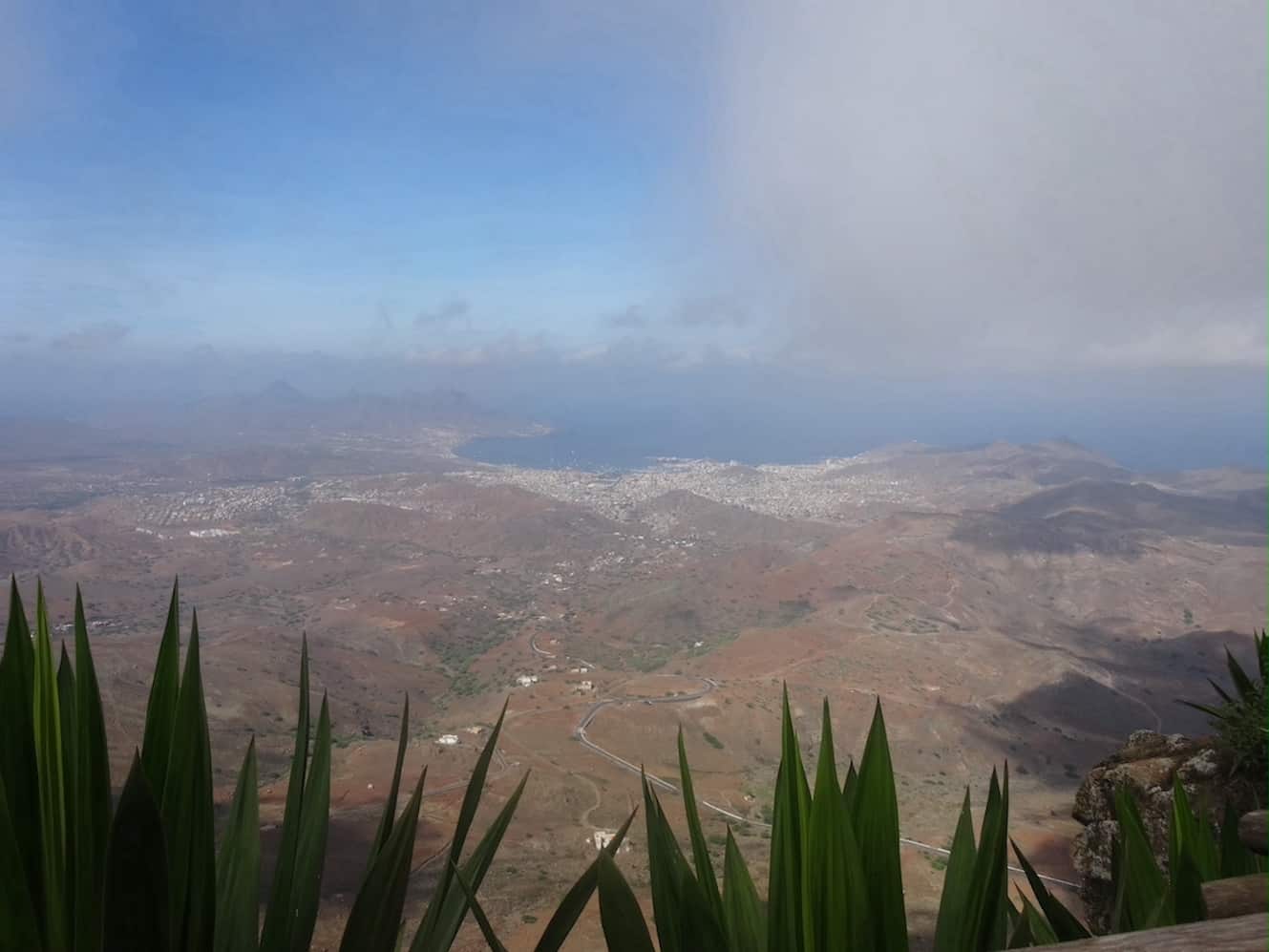
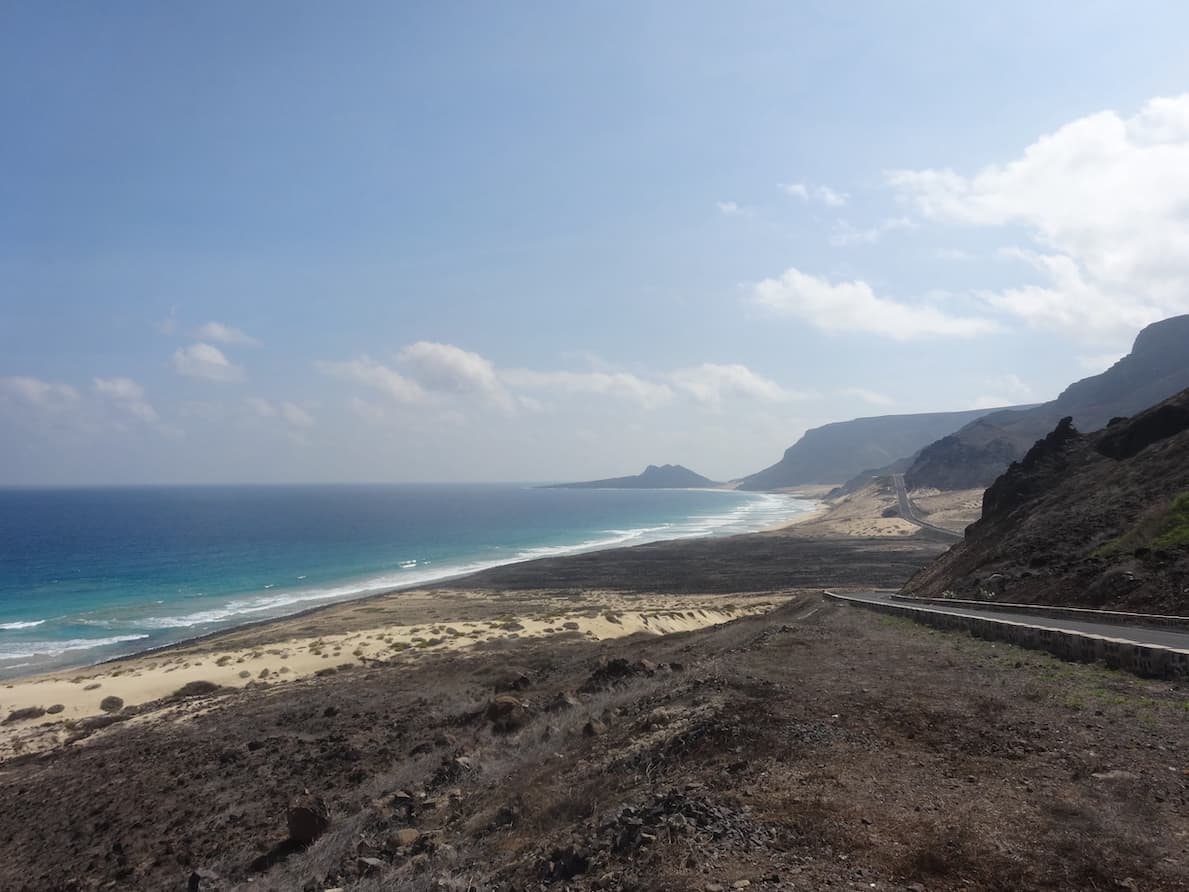
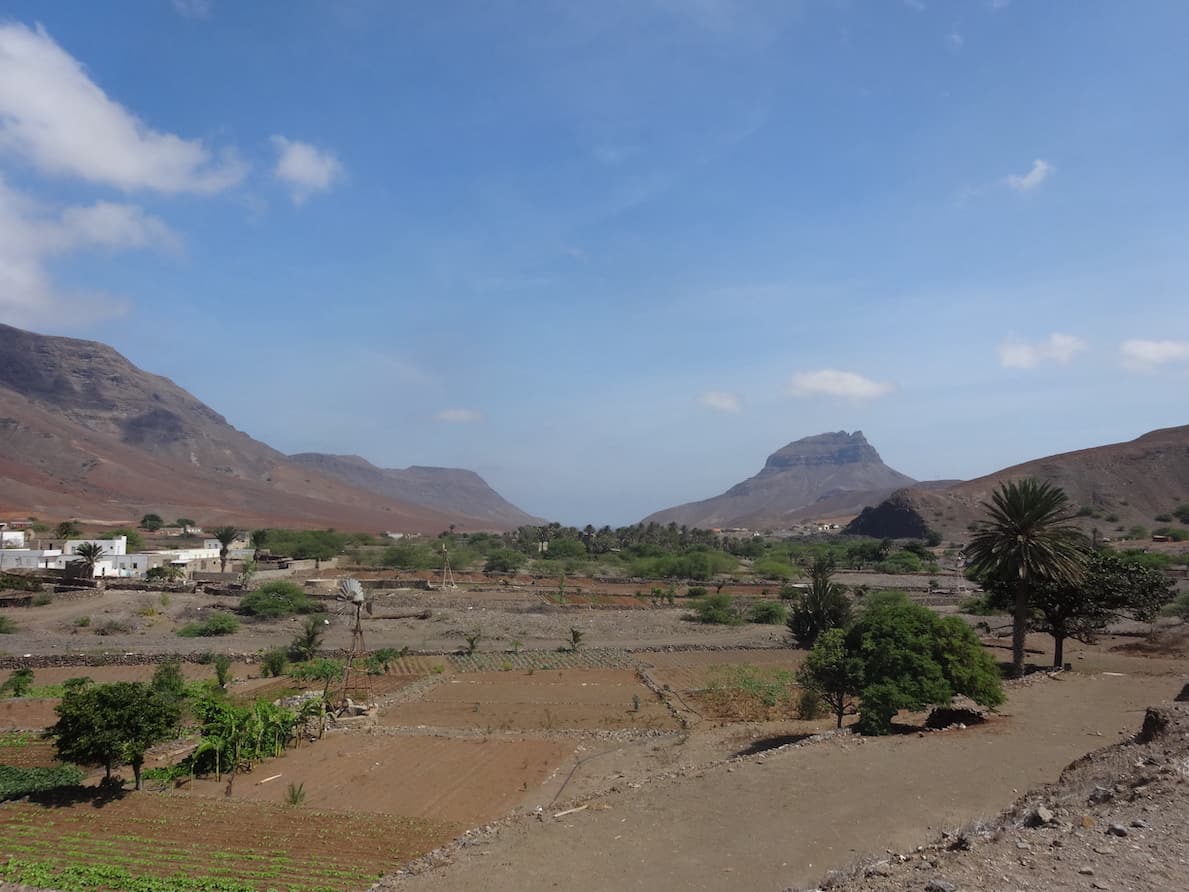
Santo Antao
A 45 minute ferry ride and a day trip to the neighbouring island of Santo Antao was fascinating. This was definitely an island of two halves: one side was dry, barren and volcanic. The other side was lush and green with tropical trees and fruits – banana, coconut, papaya, mango and sugar cane to name a few. There were plenty of photo stops and a walk up through the tropical valley with its fruit trees and traditional housing. We were even able to spot some locals farming – A back breaking job.
The production of grog/ponche is a major industry on Santo Antao and no trip would be complete without a visit to a local rum distillery. Although things seem simple and relaxed, the industry is tightly controlled and monitored to ensure that only the best goes on sale. At the distillery, once again, the guides were informative explaining about the traditional way that grog was produced. Their explanation included a demonstration of the winding mechanism complete with the singing of a song to encourage the oxen to continue working (a sample in the video below).
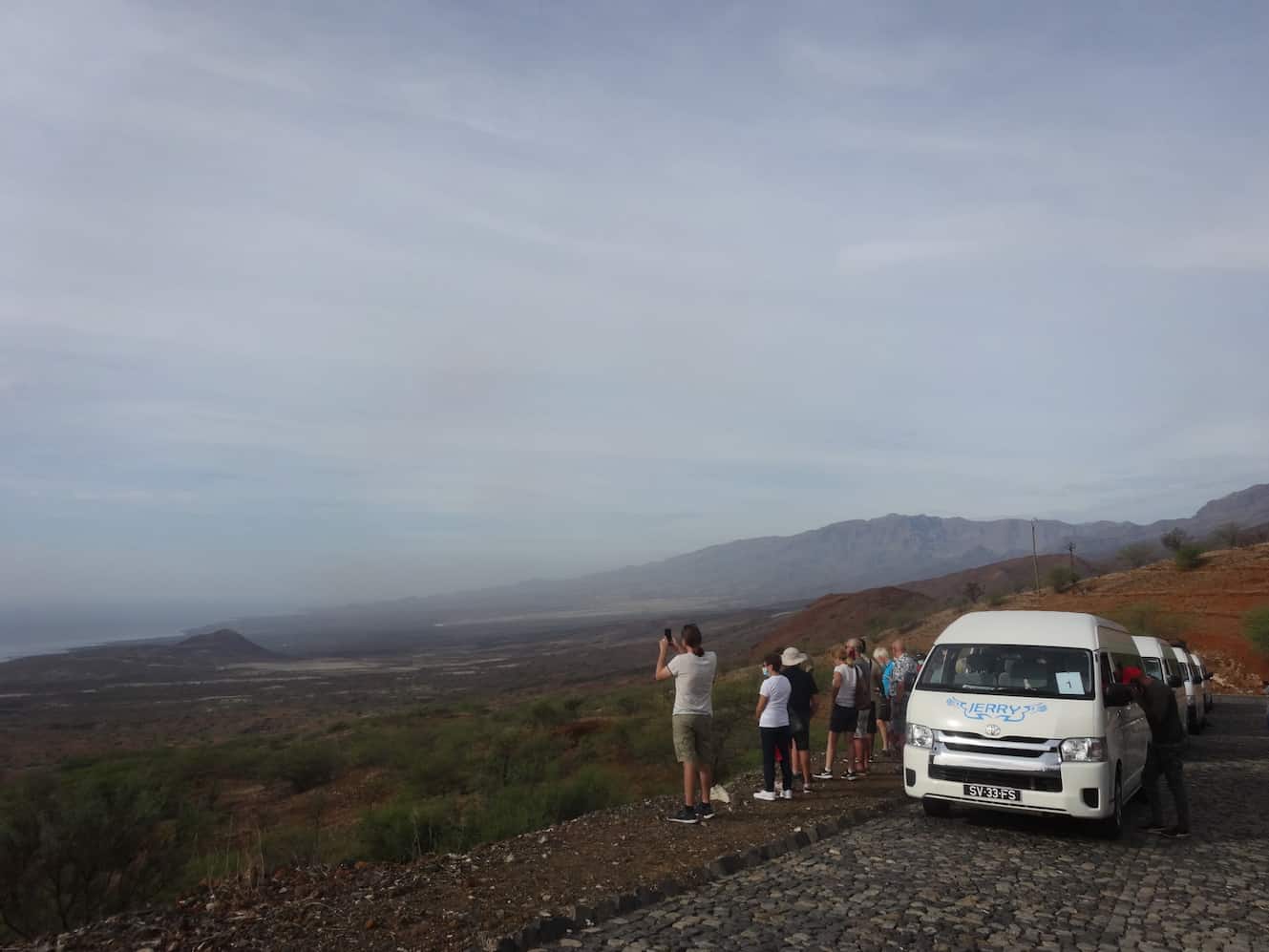
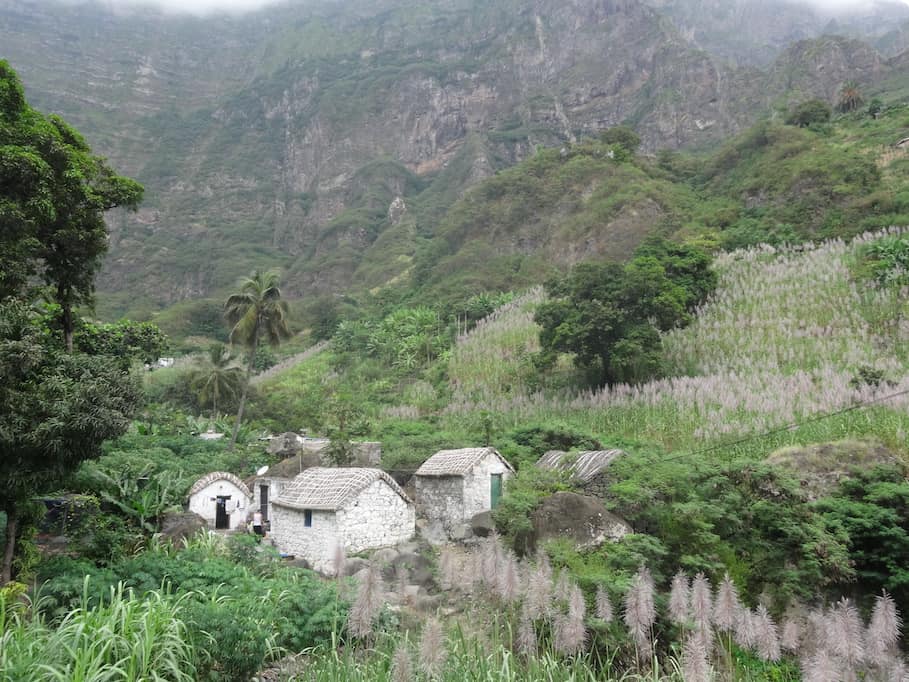
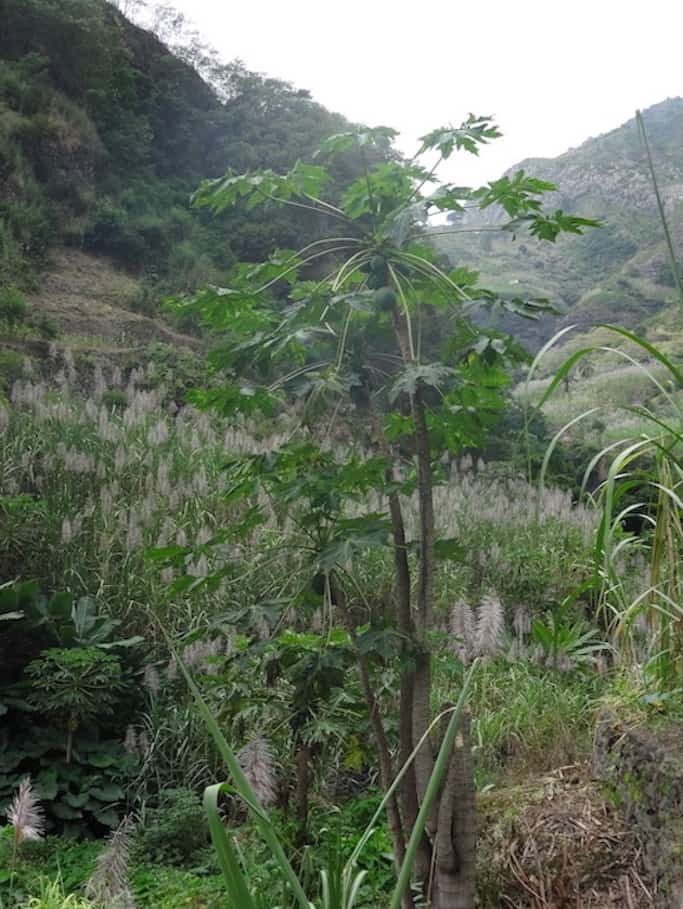
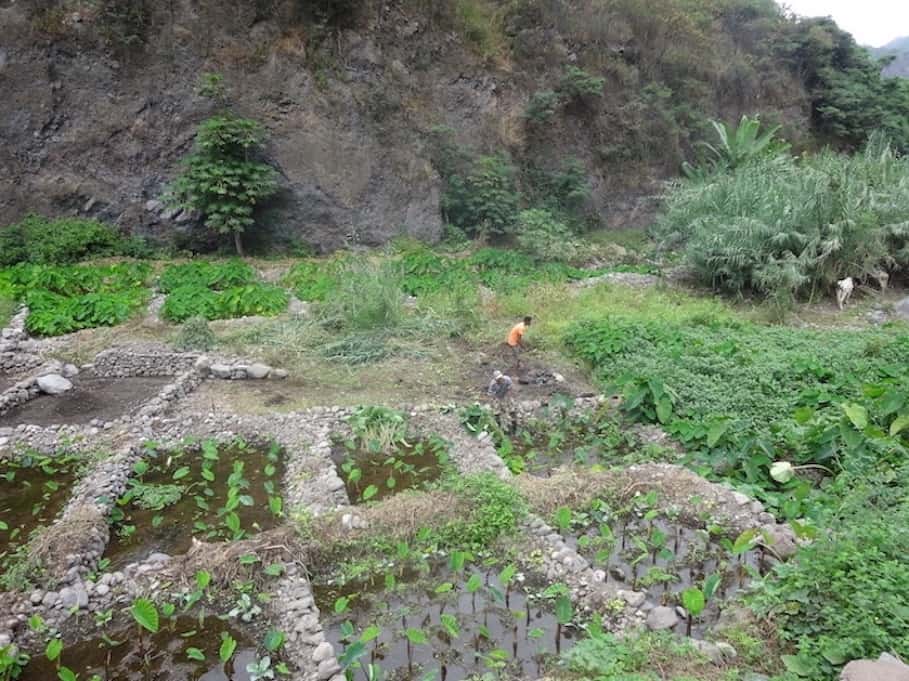
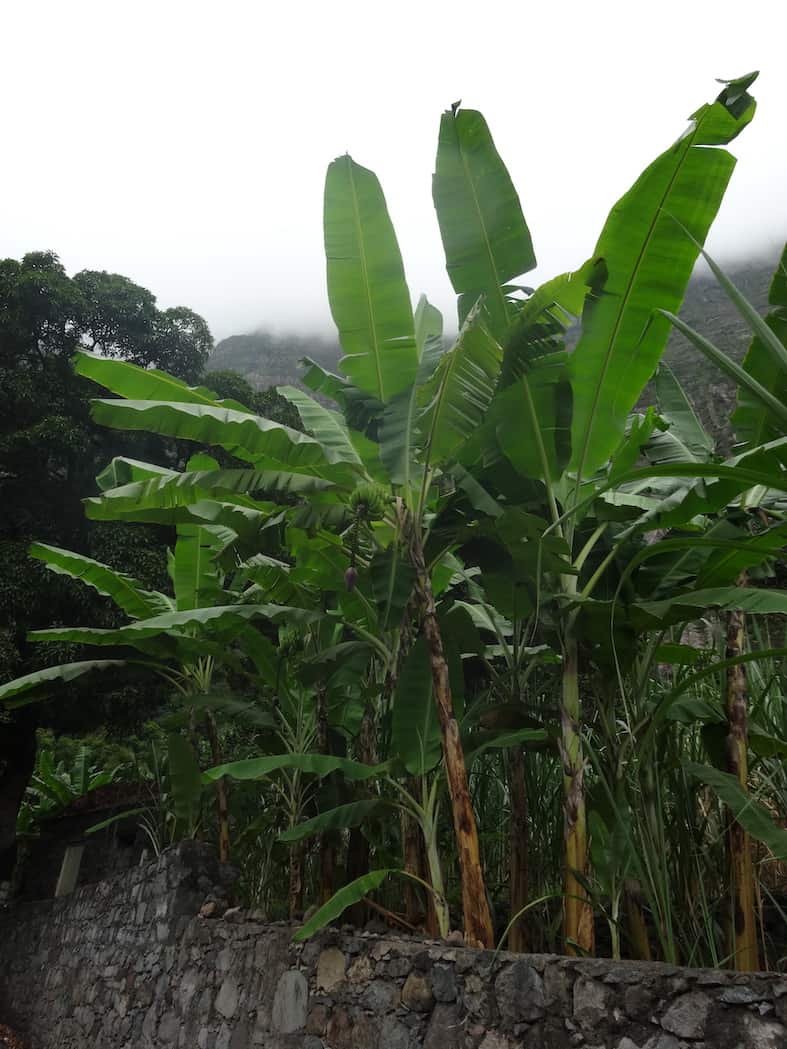
The day was completed with a lunch stop at a small local restaurant – traditional lunch of cachupa (a slow cooked stew made with beans, corn kernels, fish or meat) and the best passionfruit mousse ever tasted.
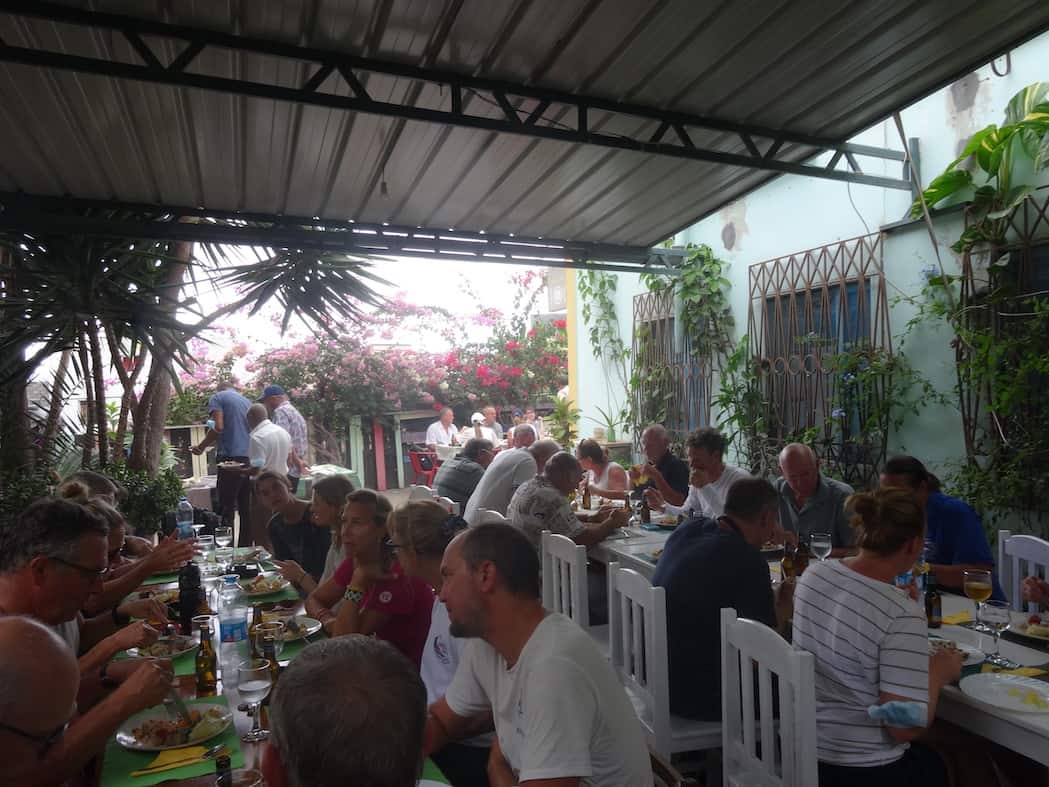
While in Mindelo, the World Cruising Club worked hard to organise other events for us to help us experience the local culture. There was a welcome party with drumming and punch, a prize giving with traditional dancing. All gave us a feeling of the island. A flavour to share with you is in the video below.
Great report Karen, love the video very interesting.
Happy New Year to you both xxx
Happy New Year to you both too!!
Pleased you enjoyed it. It was a fascinating place.
xx
I love reading about the places you visit. We’re you impacted by the volcanic eruption in the Canary Islands? Happy New Year to you both! XX
Happy New Year to you too!
So pleased that you are enjoying the posts. Hope it gives you some ideas for future travels.
We were not impacted by the eruption as it was on La Palma – an island 150 miles from where we were on Gran Canaria. We know someone who visited there though. He said it was amazing to see the creation of a new headland where the lava flowed into the sea. But also upsetting to see the devastation for many locals.